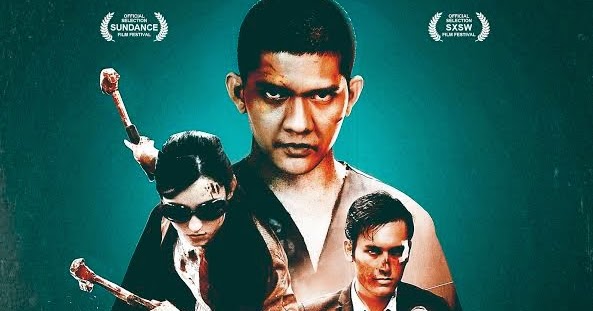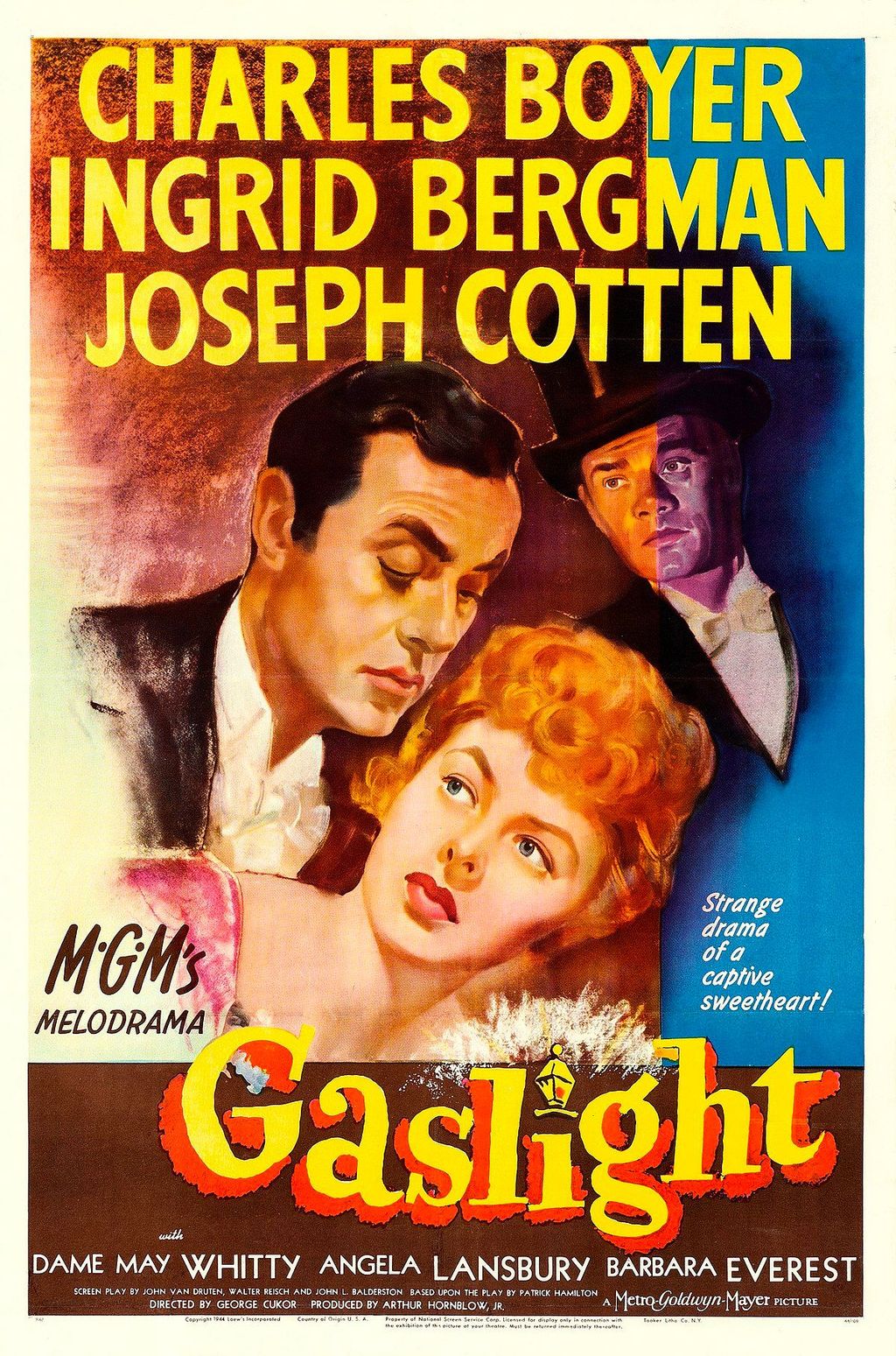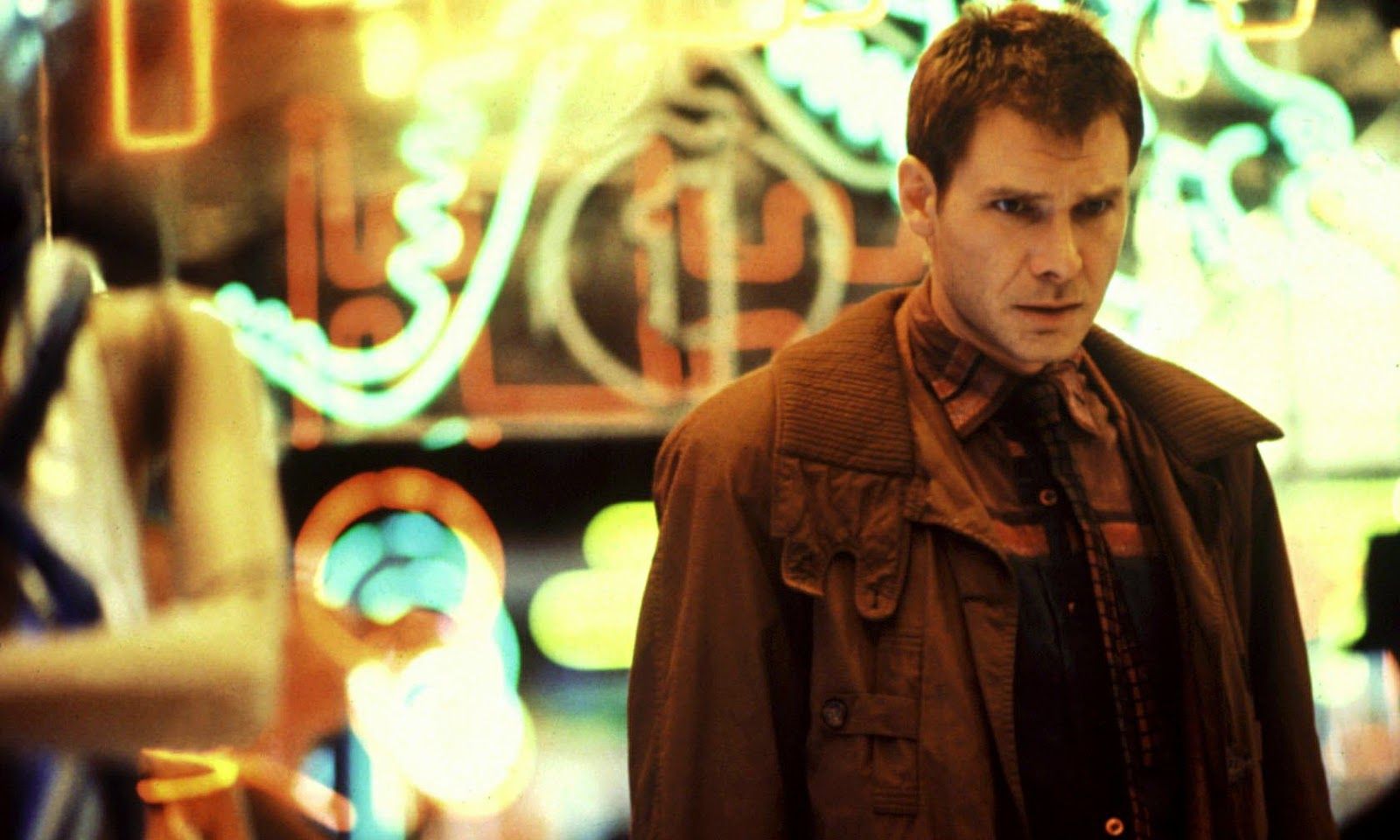
In the glitzy world of Hollywood, where manufactured chemistry and on-screen camaraderie often define a blockbuster, it’s easy to forget that at its core, acting is still a job. And just like any other workplace, the entertainment industry is no stranger to personality clashes, professional disagreements, and outright feuds among co-workers. When the stakes are high, egos are even higher, and the pressure of fame and fortune intensifies, these conflicts can escalate dramatically, sometimes to the point where actors flat-out refuse to share a set, or even a city, with one another ever again.
While fans often dream of their favorite stars teaming up for cinematic magic, the reality behind the cameras can be far less glamorous. Over the years, countless stories have emerged from film and television sets detailing the epic battles waged between co-stars whose personal animosities spilled over into their professional lives. These are not mere disagreements; they are deep-seated grudges, clashing work ethics, and fundamental differences that have led some of the biggest names in the business to draw a line in the sand, vowing never to collaborate with certain individuals again.
From comedic legends unable to see eye-to-eye to dramatic titans whose intense methods created irreparable rifts, these are the untold tales of stars who, for various compelling reasons, simply refused to work together. We’re diving deep into the infamous co-star beefs that have shaped careers, altered productions, and left an indelible mark on Hollywood history, revealing the surprising truths behind why these actors couldn’t — or wouldn’t — stand to be on screen together.
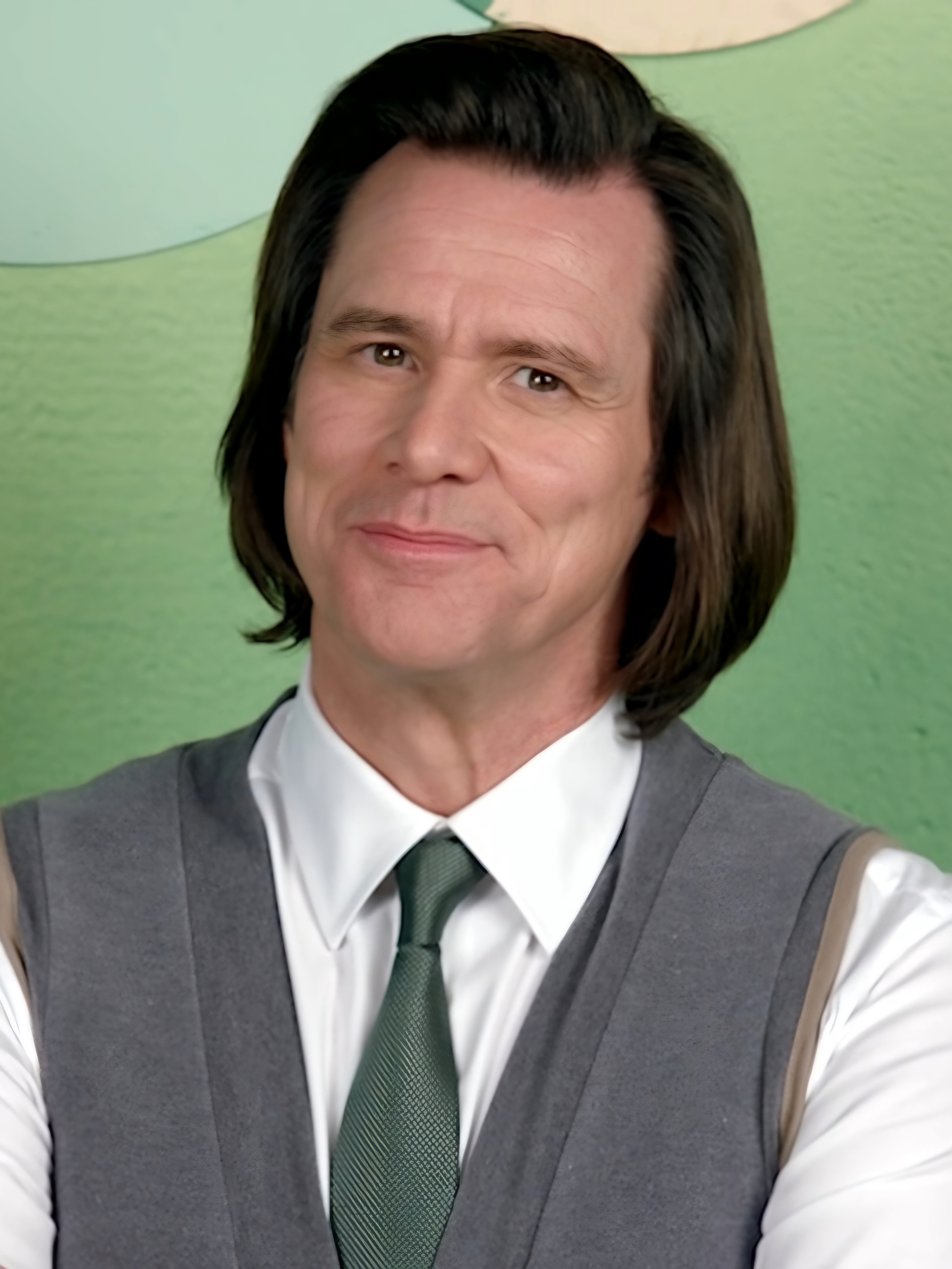
1. **Jim Carrey and Tommy Lee Jones**When Jim Carrey took on the role of the Riddler in “Batman Forever,” he was undeniably at the peak of his comedic prowess, known for his energetic and often slapstick style. His co-star, Tommy Lee Jones, who portrayed Harvey “Two-Face” Dent, seemingly harbored a deep disdain for Carrey’s flamboyant approach. This clash of acting styles and personalities created a palpable tension on set, as confirmed by director Joel Schumacher.
Schumacher, in a 1996 interview with Entertainment Weekly, directly addressed the issue, stating, “Jim Carrey was a gentleman, and Tommy Lee was threatened by him. I’m tired of defending overpaid, over-privileged actors.” This pointed remark from the director underscores the professional difficulties that arose from their incompatible working dynamic. It wasn’t just a minor disagreement; it was a fundamental incompatibility that impacted the set environment.
The animosity reached a peak during an unexpected encounter at a restaurant the night before filming a scene together. Carrey recounted to Howard Stern that when he approached Jones’ table to say hello, he was met with an icy reception. Jones, reportedly shaking, hugged Carrey and declared, “I hate you. I really don’t like you.” Carrey, taken aback, then heard Jones utter the unforgettable line: “I cannot sanction your buffoonery.” This public declaration left no doubt about Jones’ profound dislike for Carrey and his comedic style.
Read more about: Beyond the Greenlight: 12 Sci-Fi Movies We Almost Saw (and the Wild Reasons They Collapsed)
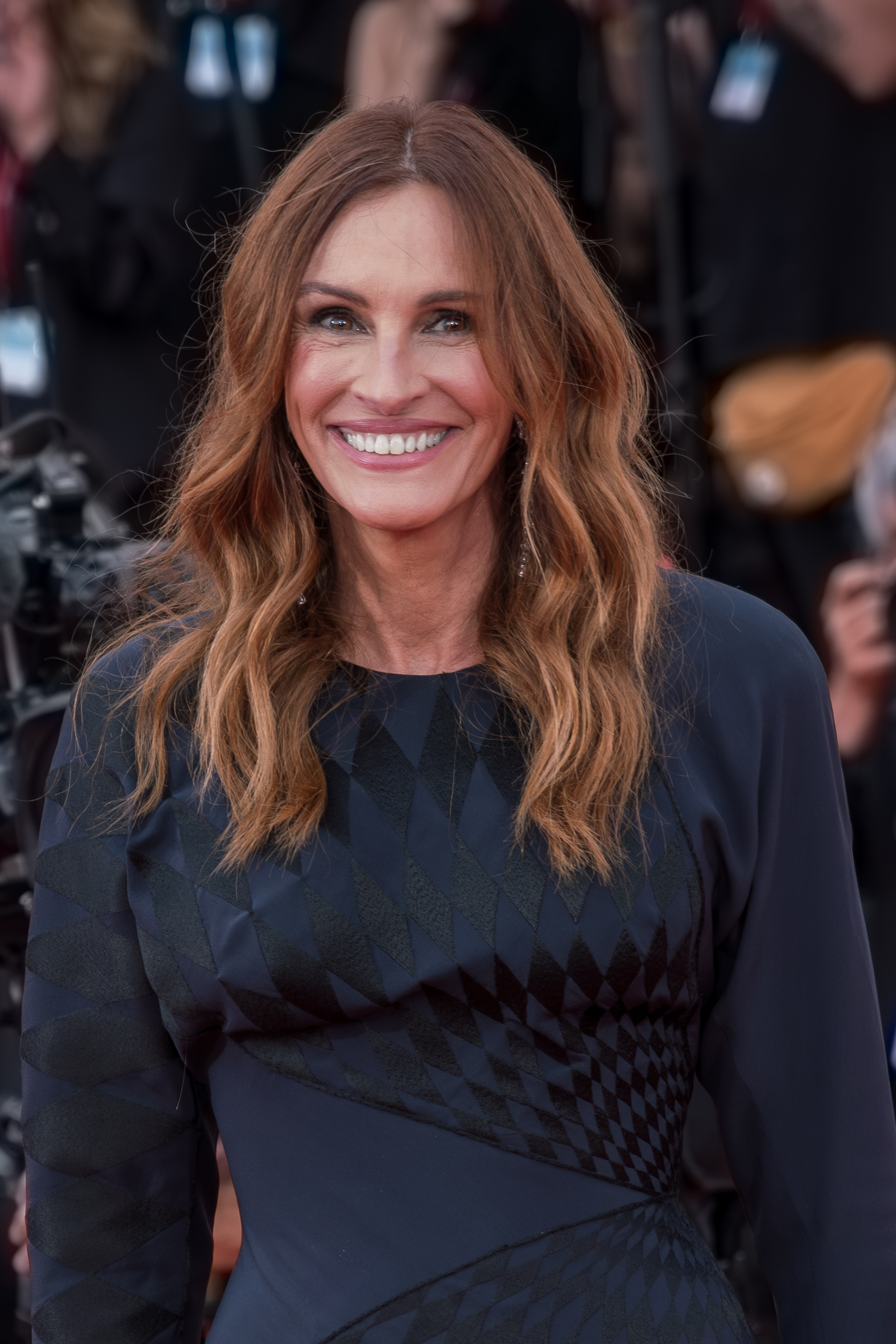
2. **Julia Roberts and Nick Nolte**In 1994, two major Hollywood forces, Julia Roberts and Nick Nolte, united for the romantic comedy “I Love Trouble.” Despite their individual star power and considerable screen presence, their on-set chemistry was anything but harmonious. Their constant quarreling became so disruptive that director Charles Shyer reportedly resorted to filming some of their scenes separately. This extreme measure was taken simply to minimize their direct interactions and keep them apart as much as possible.
The feud was far from a quiet, behind-the-scenes affair; it spilled into public discourse. Roberts openly criticized Nolte in a New York Times interview, labeling him as “completely disgusting” and asserting that he “seems to go out of his way to repel people.” Her strong words highlighted the depth of her aversion to her co-star, making it clear that their professional relationship was deeply fractured.
Nolte, not one to shy away from a confrontation, swiftly retaliated. He retorted, “It’s not nice to call someone ‘disgusting.’ But she’s not a nice person. Everyone knows that.” This exchange confirmed the intense personal dislike between the two, painting a picture of a set riddled with tension. The bad blood persisted for years, with Roberts even giving a profanity-laden impression of a former co-star, later revealed to be Nolte, on “The Late Show” in 2009, indicating the enduring nature of their animosity.
Read more about: Famous Actors Who Hated Each Other: The Real Drama Behind Your Favorite Movies and TV Shows
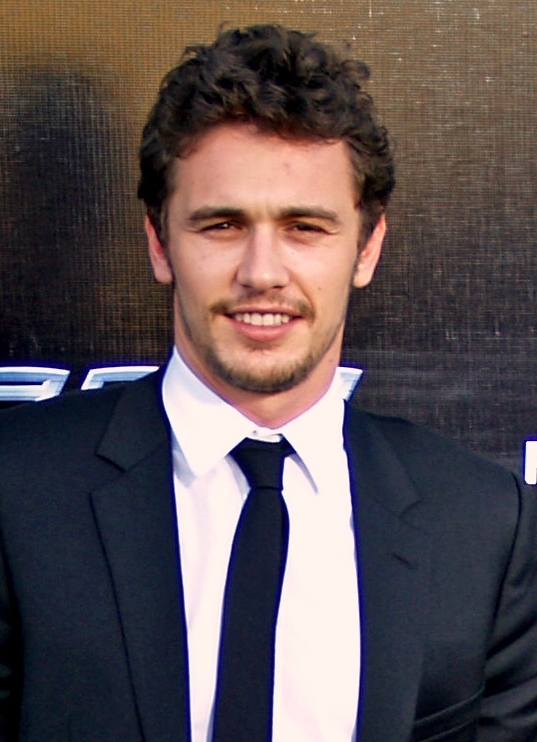
3. **James Franco and Tyrese Gibson**Justin Lin’s 2006 military drama “Annapolis” featured James Franco and Tyrese Gibson as co-stars, with much of the film centering around a boxing tournament. However, Franco’s dedication to method acting quickly caused serious friction with Gibson, turning their working relationship ugly. Gibson detailed how Franco would actually land his punches during boxing scene rehearsals, far exceeding what was expected or comfortable for a co-star.
Gibson recalled his pleas to Franco in an interview with Elle, saying, “The dude was full-on hitting me… I was always like, ‘James, lighten up, man. We’re just practicing.’ He never lightened up.” This aggressive approach by Franco led to a deeply uncomfortable and personal experience for Gibson. For his part, Franco denied actually hitting Gibson but admitted to GQ that he was “probably a jerk” at the time, offering a mild acknowledgment of his difficult behavior.
However, this admission was insufficient for Gibson, who made his stance clear in a 2007 Playboy interview. He declared, “I never want to work with him again, and I’m sure he feels the same way. It felt very personal. It was [messed] up.” Gibson’s definitive statement cemented his refusal to ever collaborate with Franco again, highlighting how creative process differences can lead to profound personal and professional rifts.
Read more about: Behind the Red Carpet Glamour: 10 Unresolved Celebrity Feuds That Still Sting in Hollywood
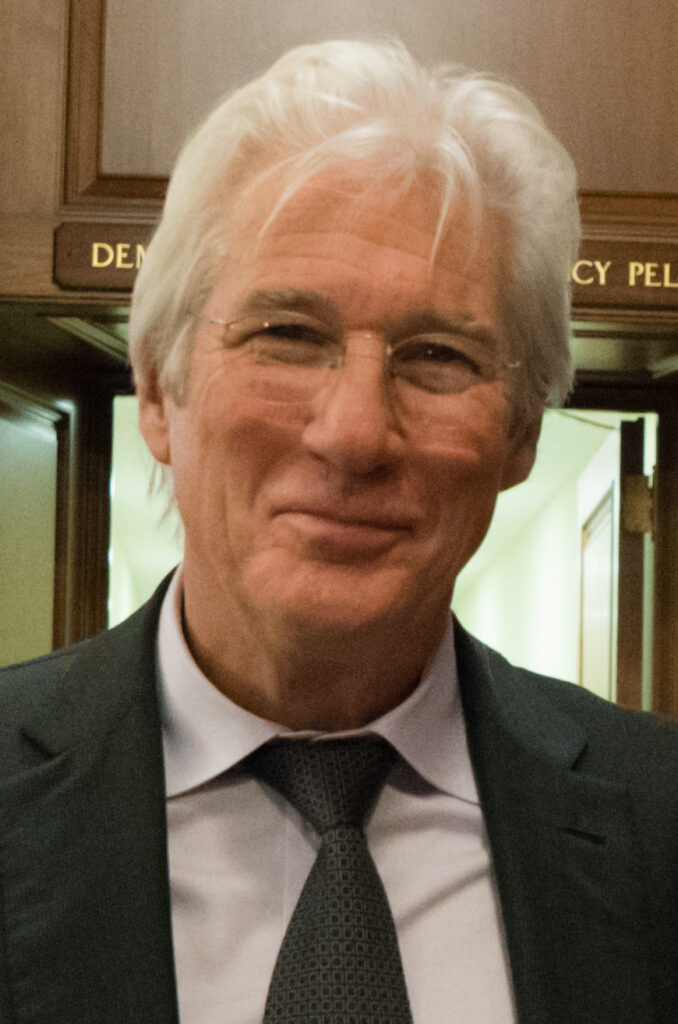
4. **Richard Gere and Sylvester Stallone**For many years, whispers of a behind-the-scenes feud between Richard Gere and Sylvester Stallone circulated throughout Hollywood. Stallone finally shed light on the conflict during a 2006 Q&A session with Ain’t It Cool News, detailing an incident that occurred during the filming of the 1974 coming-of-age drama “The Lords of Flatbush,” where Gere was initially cast as the lead character, Chico.
The two actors clashed immediately, leading to an environment of intense hostility. Stallone recounted Gere being a “complete jerk on the set,” citing incidents such as Gere getting too rough during fight rehearsals and deliberately spilling greasy food all over Stallone’s pants. These minor but provocative acts escalated the tension, making a collaborative working relationship nearly impossible.
The conflict reached a point where the director had to intervene and make a difficult choice. Stallone explained, “The director had to make a choice: one of us had to go, one of us had to stay.” Ultimately, Gere was given his “walking papers,” leading to his replacement by Perry King. Stallone concluded, “Richard was given his walking papers and to this day seriously dislikes me. He even thinks I’m the individual responsible for the gerbil rumor. Not true … but that’s the rumor.” This decades-long grudge stemmed from a brief but explosive on-set encounter, leaving a lasting impact on their relationship.
Read more about: From Austrian Oak to Global Statesman: An In-Depth Chronicle of Arnold Schwarzenegger’s Enduring Legacy
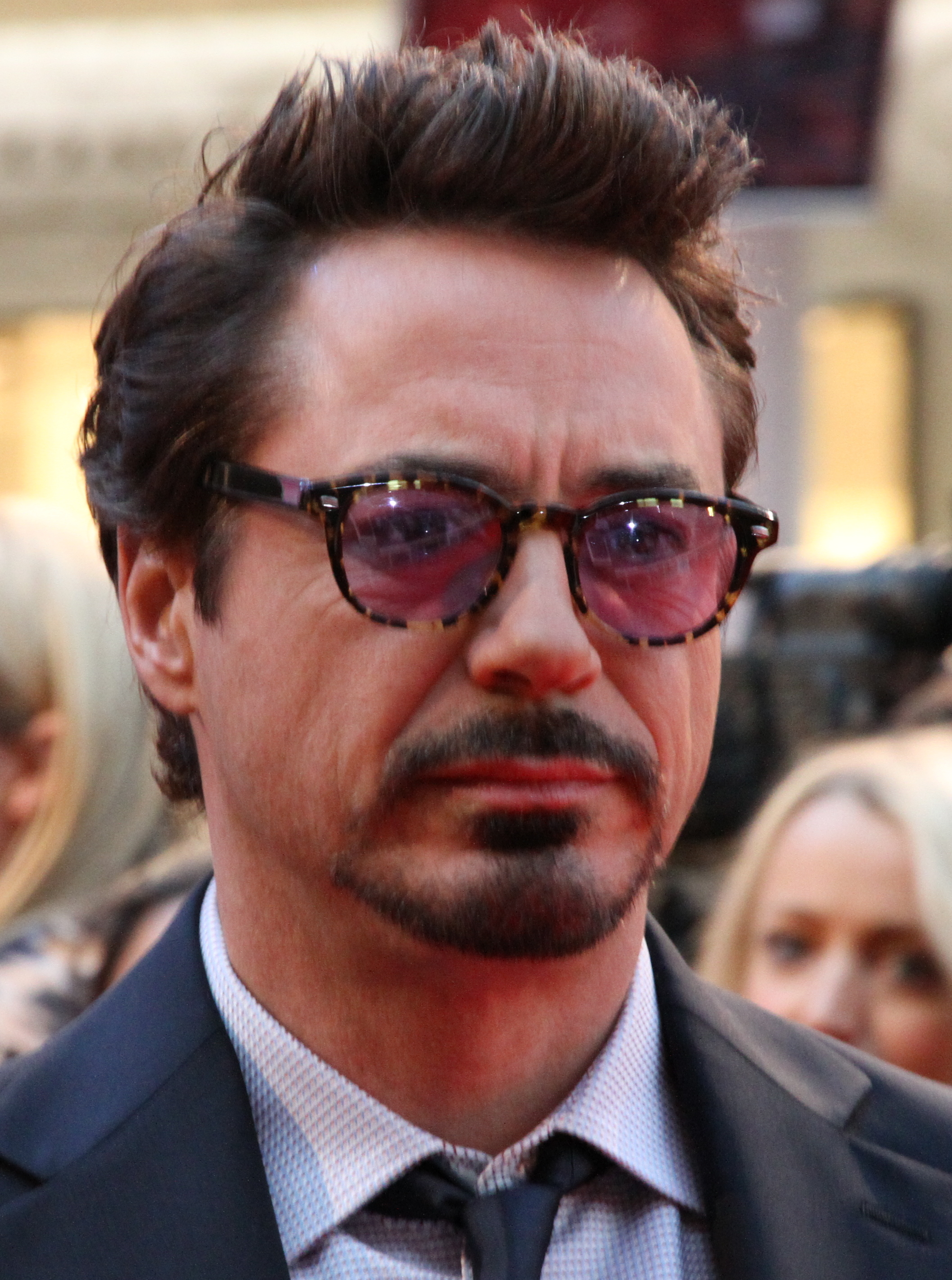
5. **Robert Downey Jr. and Terrence Howard**Terrence Howard has consistently been vocal about his falling out with “Iron Man” co-star Robert Downey Jr., particularly after Howard’s role as Tony Stark’s best friend, James “Rhodey” Rhodes, was famously recast with Don Cheadle for “Iron Man 2.” Howard signed a three-movie deal with Marvel Studios, but when it came to the second installment, he claims he was offered significantly less compensation.
In a 2013 appearance on Bravo’s “Watch What Happens Live,” Howard explained the contractual dispute: “They came to me with the second and said, ‘Look, we will pay you one-eighth of what we contractually had for you, because we think the second one will be successful with or without you.'” He then placed the blame squarely on Downey’s shoulders, stating, “I called my friend, that I helped get the first job, and he didn’t call me back for three months.”
Howard’s perspective was that Downey, whom he had helped secure his initial role in the successful franchise, abandoned him when he needed support most. This perceived betrayal created a deep rift between the two actors. Although they eventually patched up their differences at director Brian Grazer’s wedding in 2016, the professional consequence was permanent: Don Cheadle still holds the role of Rhodey, solidifying Howard’s exclusion from the franchise and from working with Downey in that capacity again.
Read more about: 14 Iconic Pop Culture Characters Hollywood Dared to Recast – The Good, The Bad, and The Totally Unnoticed!

6. **Kevin Smith and Bruce Willis**Director Kevin Smith, a long-time admirer of Bruce Willis, took a significant pay cut to work with the “Die Hard” star on the 2010 police comedy “Cop Out.” However, what began as a dream collaboration quickly devolved into a “soul-crushing” experience due to Willis’s alleged difficult behavior. Smith later described his time directing Willis as one of the most challenging periods of his career, citing the actor’s “super ego” as a major impediment.
Smith credits Willis’s co-star, Tracy Morgan, with helping him navigate the tumultuous production. He famously remarked, “Were it not for Tracy, I might’ve killed myself or someone else in the making of that movie,” conveying the extreme stress and frustration he endured. This sentiment was further elaborated in Smith’s 2012 memoir, “Tough S***,” where he pulled no punches in his assessment of Willis’s on-set conduct.
In his memoir, Smith characterized Willis as “the unhappiest, most bitter, and meanest emo-b**** I’ve ever met at any job I’ve held down. And mind you, I’ve worked at Domino’s Pizza.” This scathing description from a director who once idolized his star speaks volumes about the irreparable damage done to their professional relationship. Smith’s experience was so negative that it led to a clear, albeit unstated, refusal to ever direct or work with Bruce Willis again, effectively ending what could have been a recurring partnership.” , “_words_section1”: “1945
As we’ve seen, Hollywood’s polished facade often hides layers of intense professional friction. The first seven entries in our rundown offered a glimpse into the dramatic incidents and deep-seated animosities that led some of the biggest stars to refuse to share screen time. But the drama doesn’t end there! We’re now diving even deeper, exploring seven more infamous co-star rivalries that prove even Tinseltown’s brightest lights can’t always shine together.
Read more about: Hold Up! These 10 Hollywood Stars Are Seriously The Toughest To Work With On Set
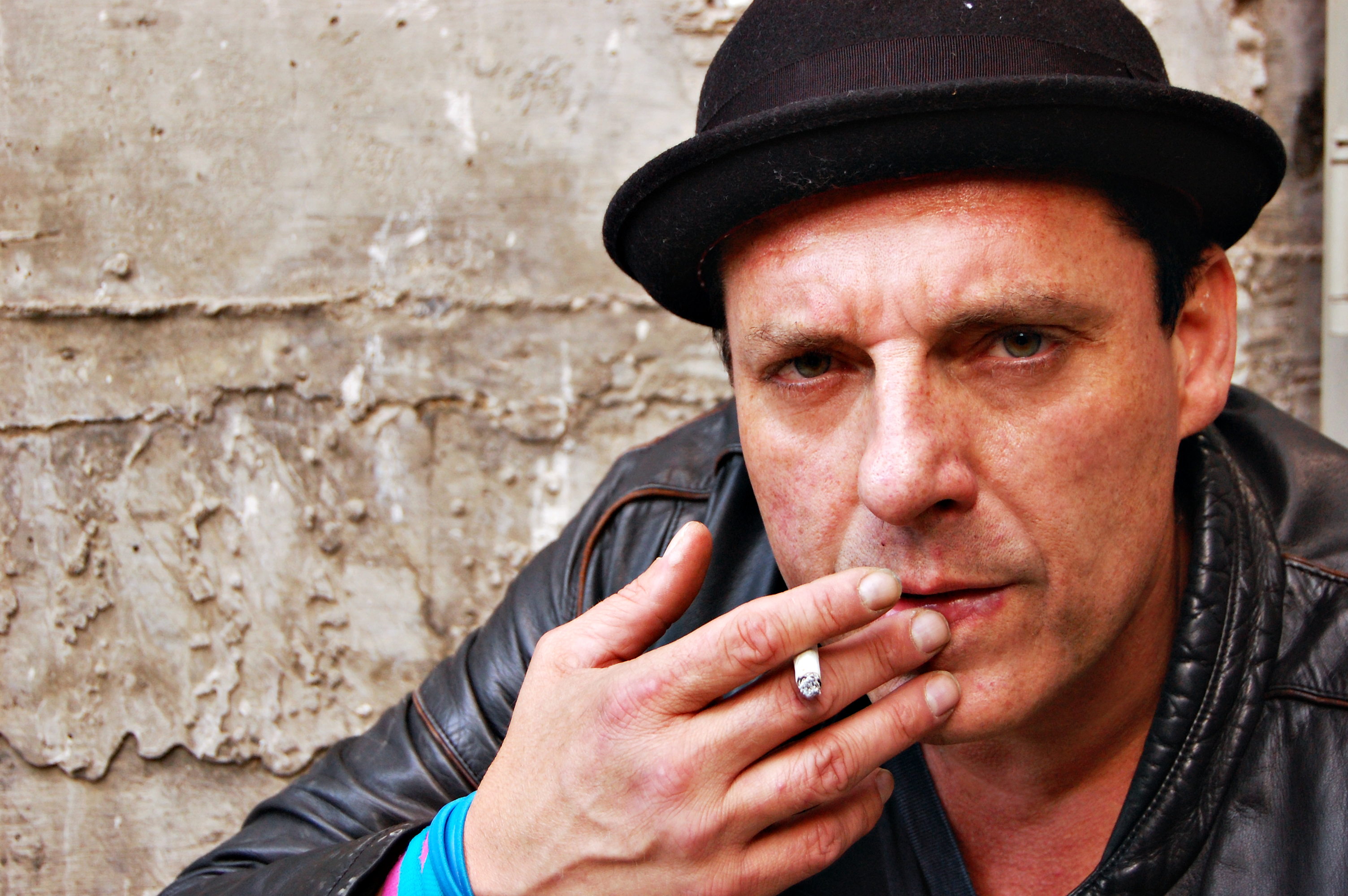
7. **Tom Sizemore and Val Kilmer**Tom Sizemore’s star was on a meteoric rise throughout the 1990s, especially with his memorable roles in dramatic films. One such film was the 1995 crime epic “Heat,” where he notably shared the screen with Val Kilmer, marking a significant point in both their careers. However, their professional camaraderie was short-lived.
Five years later, when they reunited on the set of “Red Planet,” things were anything but rosy between the two actors. Kilmer reportedly grew upset upon learning that the production had paid to ship Sizemore’s exercise equipment to Australia, where filming was taking place. This seemingly minor issue quickly escalated into a significant on-set conflict.
According to Sizemore’s memoir, “By Some Miracle I Made It Out of There,” the tension boiled over into a shouting match between the two stars. During this heated exchange, Sizemore recounted throwing a 50-pound weight at Kilmer, though he missed his target. The animosity was so palpable that a producer later intervened, asking Sizemore to refrain from hitting Kilmer in the face during their next inevitable altercation.
Sizemore complied with the producer’s request during a subsequent clash. He delivered a deliberate punch to Kilmer’s chest, punctuating the act with a defiant declaration: “I’m never going to another planet with you again.” Despite this dramatic on-set breakdown, time did eventually heal some wounds, as the two former co-stars reportedly buried the hatchet by 2014.
Read more about: Robert De Niro at 80: A Deep Dive into the Legendary Actor’s Transformative Artistry, Enduring Legacy, and Remarkable Personal Evolution
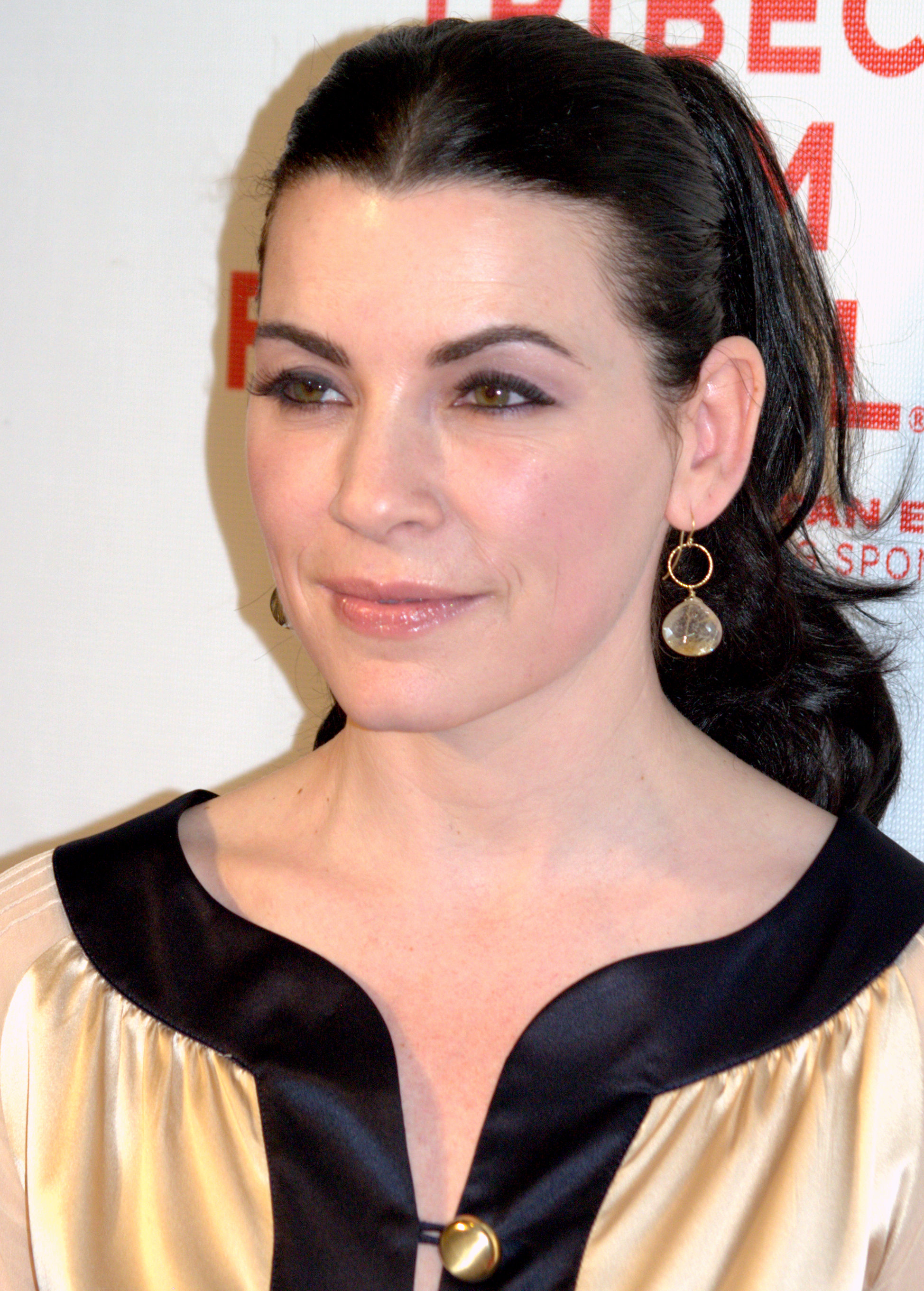
8. **Julianna Margulies and Archie Panjabi**For years, the long-running CBS legal drama “The Good Wife” was plagued by an ongoing feud between its stars, Julianna Margulies and Archie Panjabi. While their characters, Alicia Florrick and Kalinda Sharma, were once depicted as very good friends, the real-life actresses notoriously harbored deep animosity towards each other, creating significant tension behind the scenes.
The depth of their conflict was evident in their filming arrangements, or lack thereof. Margulies and Panjabi were never filmed together for a staggering 51 episodes, a remarkable feat for co-stars whose characters were central to the show’s narrative. Instead, most on-screen communication between Alicia and Kalinda was handled indirectly, often taking place over the phone.
The ultimate testament to their fractured relationship came when Panjabi departed the show. For her final scene, which was meant to be a poignant moment shared between their characters, the two actresses filmed their parts separately. These individual shots were then digitally stitched together using green screen and CGI technology, making it appear as though they were in the same room. This creative solution starkly highlighted the fact that the actors themselves could not even stand to be in the same physical space.
Read more about: Behind the Red Carpet Glamour: 10 Unresolved Celebrity Feuds That Still Sting in Hollywood
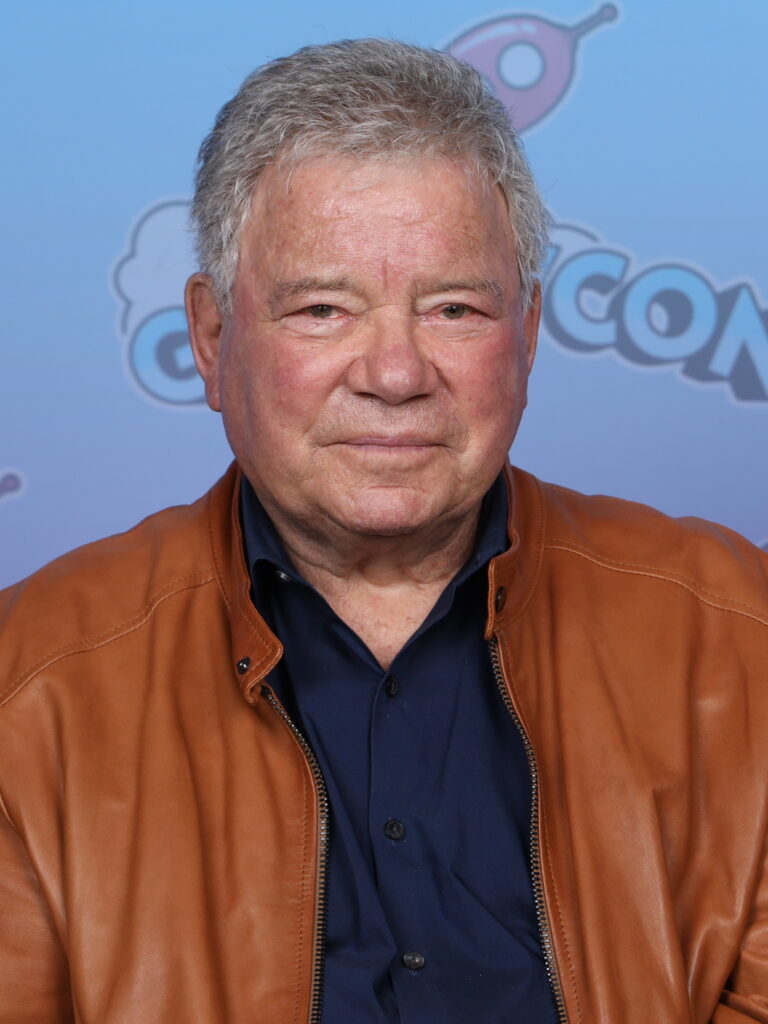
9. **William Shatner and George Takei**The iconic “Star Trek” franchise, while celebrated for its message of unity, has a long-standing, decades-long feud between its original stars, William Shatner and George Takei. Their animosity reportedly began on the set of the original series, where disagreements over screen time and close-ups fueled the initial friction.
However, Takei maintains a very different recollection of their relationship and Shatner’s character. During a guest appearance on “The Howard Stern Show,” Takei countered Shatner’s claims, revealing that the “self-centered” actor refused to join him and other former “Star Trek” cast members on stage for James Doohan’s (Scotty) last-ever convention appearance. According to Takei, Shatner dismissively referred to Doohan’s failing health as “Alzheimer’s crap.”
Takei described this choice of words and behavior as a “monstrous statement” that, while shocking, was ultimately “not surprising,” given Shatner’s consistent actions on set, in movies, and at conventions. Doohan, a beloved figure in the “Star Trek” universe, passed away in 2005, leaving the bitter memory of Shatner’s alleged callousness as a permanent stain on their shared history.
Read more about: Live Long and Prosper: Unpacking the Incredible Journeys of the Last Surviving Stars from Star Trek: The Original Series

10. **Tony Curtis and Marilyn Monroe**While “Some Like it Hot” is deservedly hailed today as one of the greatest comedies of all time, the actual filming process was anything but humorous for the cast and crew, particularly for its stars Marilyn Monroe and Tony Curtis. Monroe’s presence on set was reportedly a constant source of issues, costing the production valuable time and significant financial resources.
Her erratic behavior, chronic lateness, and alleged addiction to pills at the time created immense challenges for the film’s production schedule. Co-star Jack Lemmon and Curtis even reportedly took bets on how many takes Monroe would require to deliver her lines correctly, a number that often ranged from 35 to an astonishing 40 takes.
Curtis, a seasoned professional, eventually reached his breaking point, especially after having to repeatedly re-film a kissing scene with Monroe. The frustration clearly lingered even after production wrapped. When early cuts of the film were screened for the cast and crew, a direct question was posed to Curtis: what was it like to kiss Marilyn Monroe? His glib and famously cutting reply was, “[it was] like kissing Hitler!”
Read more about: Marilyn Monroe: A Reassessment of a Life Defined by Stardom, Struggle, and Enduring Iconography
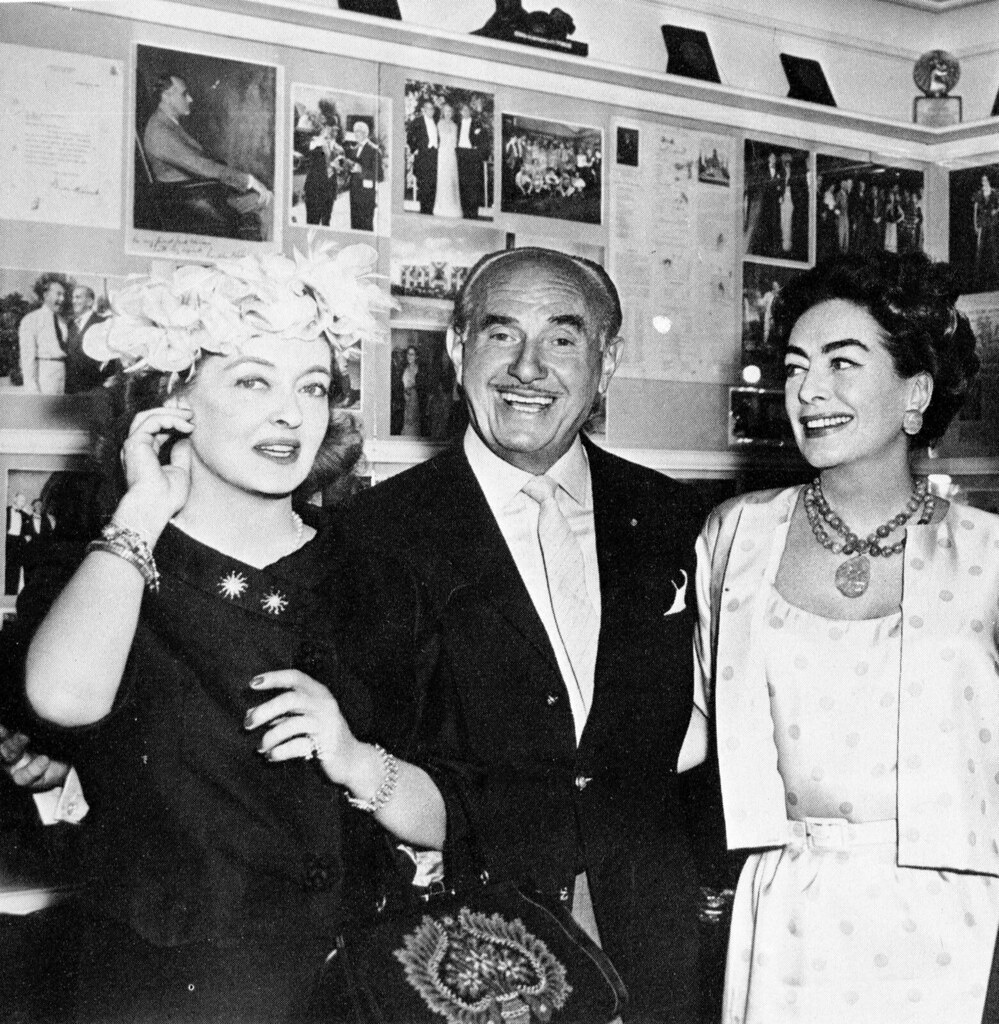
11. **Bette Davis and Joan Crawford**The rivalry between Bette Davis and Joan Crawford stands as one of the most legendary and intense feuds in Hollywood history, so much so that it became the subject of an entire FX series. Their animosity reportedly began as early as the 1930s, fueled by a romantic entanglement involving actor Franchot Tone. Davis, smitten with Tone after starring alongside him in the film “Dangerous,” was ultimately thwarted when Crawford married him soon after the movie concluded, marking an early victory for Crawford in their personal battle.
Their public and private sparring continued for decades, marked by sharp, memorable insults. Davis famously remarked that Crawford “slept with every male star at MGM except Lassie,” a jab that encapsulated the venomous nature of their relationship. The rivalry reached a fever pitch in the 1960s when the two formidable actresses were cast as antagonistic sisters in the psychological thriller “What Ever Happened to Baby Jane?,” a perfectly ironic backdrop for their real-life hatred.
The competition intensified during award season when only Davis received an Oscar nomination for her role in the film. Crawford was reportedly livid at this perceived slight and actively campaigned against Davis’s win. In a bold and dramatic move, Crawford managed to steal the limelight during the Academy Awards ceremony by accepting the Oscar on behalf of eventual winner Anne Bancroft, who was unable to attend. This maneuver further cemented their legendary animosity, leading to an infamous reaction from Davis.
Producer William Frye recalled Davis’s furious reaction at an Oscars after-party. Davis, still fuming, filled a glass to the brim with Scotch, telling Frye it was intended for Crawford. When Frye pointed out that Crawford preferred vodka, Davis retorted with a biting line that solidified her lasting contempt: “I don’t care what she drinks. This is going into her [expletive] face.”
Read more about: Marilyn Monroe: Unpacking the Life, Career, and Enduring Iconography of a Hollywood Legend at 81
12. **Robert De Niro and Mickey Rourke**Martin Scorsese’s acclaimed crime epic “The Irishman” brought together a star-studded cast of Hollywood legends, yet conspicuously absent from that reunion was Mickey Rourke. According to Rourke, he was initially considered for a part in the film, a significant opportunity he claims was blocked by one of the movie’s established stars. Rourke recounted to Italian TV show “Live – Non è la D’Urso” that a casting person informed his manager, “Robert De Niro said he refused to work with me in a movie,” a rejection that stung all the more given Rourke was “broke” at the time.
Rourke attributes the genesis of his problems with De Niro to their collaboration on the 1987 psychological horror film “Angel Heart.” Having grown up idolizing De Niro, Rourke’s perspective drastically shifted after an encounter on set. Rourke recalled approaching De Niro to introduce himself, only for De Niro to respond about five minutes later, “I think it’s better if we don’t talk because of [our] characters in the movie. It’s better if we don’t say hello, talk or anything.” This cold reception, Rourke stated, “hurt my feelings a little bit, ’cause I looked up to him.”
However, the producers of “The Irishman” have strongly denied Rourke’s assertions regarding the film. In a statement, they clarified, “Mickey Rourke was never asked to be in ‘The Irishman’ nor was he ever even thought of, discussed or considered to be in the movie.” This direct contradiction casts a shadow over Rourke’s claims, but the lingering personal tension between the two actors, regardless of the ‘Irishman’ truth, remains a notable Hollywood tale.
Read more about: Blast from the Past: Unearthing 13 ’80s Film Gems You Absolutely Need to See (But Nobody Ever Mentions!)
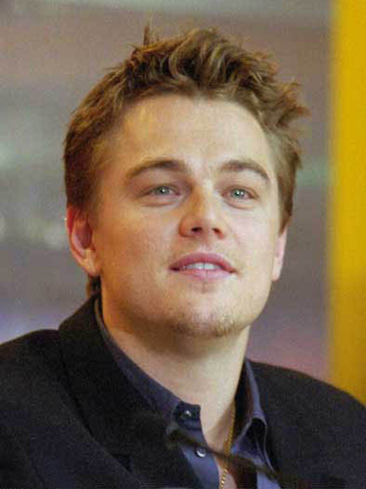
13. **Leonardo DiCaprio and Mark Wahlberg**Long before they would famously appear alongside each other in Martin Scorsese’s Best Picture winner “The Departed,” Leonardo DiCaprio and Mark Wahlberg were castmates in the controversial high school drama “The Basketball Diaries.” At that earlier stage of his career, Wahlberg was still largely known as “Marky Mark,” a Calvin Klein-modeling rapper who fronted Marky Mark and the Funky Bunch, and Hollywood didn’t quite take him seriously as an actor.
When DiCaprio discovered that Marky Mark was being considered for one of his associates in “The Basketball Diaries,” he reportedly “freaked out.” Wahlberg himself recounted DiCaprio’s initial fierce opposition during an interview with The Hollywood Reporter, revealing, “Leonardo was like, ‘Over my dead [expletive] body, Marky Mark’s not going to be in this [expletive] movie.'” Wahlberg attributed this strong aversion to his own behavior, admitting, “I was a bit of a d*** to him at a charity basketball game. So he was like, ‘This … a*****e is not going to be in this movie.'”
Despite DiCaprio’s initial reluctance and their pre-existing “specific opinion about each other,” Wahlberg shared a surprising turn of events. Once he finally secured an audition and read with DiCaprio, their animosity quickly dissipated. Wahlberg told Extra, “Once I finally got to the point where I was able to audition and read with him, then we just both kinda looked at each other, we were like, ‘Wow!'” He added that they were “literally out that night and we became fast friends,” demonstrating how on-screen collaborations can sometimes overcome even the most entrenched personal biases.
Read more about: Unbelievable Near Misses: 14 Actors Who Almost Played Your Favorite Iconic Movie Characters
From simmering resentment over creative differences to outright personal loathing, these stories peel back the curtain on the intense, often unpredictable human element behind the magic of cinema. They remind us that while on-screen chemistry might be a meticulously crafted illusion, off-screen friction is a very real, and often lasting, part of the job. For all the glamour and the accolades, the entertainment industry is still a workplace, and sometimes, even the biggest stars simply can’t stand each other. These epic feuds have undoubtedly left their mark, influencing casting choices, production dynamics, and even the very legacy of some of Hollywood’s most iconic figures.

